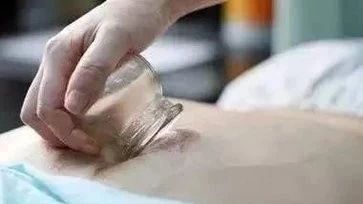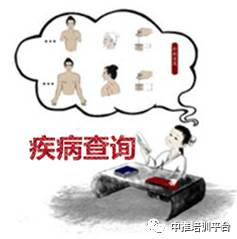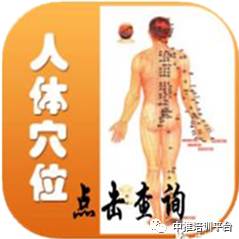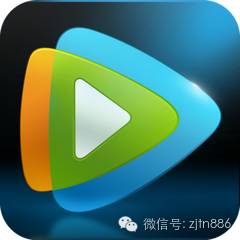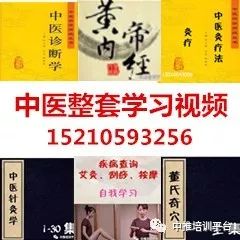Cupping Therapy
The retention cupping method is the most commonly used technique in cupping therapy, also known as the sitting cupping method. It involves placing the cup on the skin and leaving it for a period of time. The retention time ranges from 5 to 20 minutes, depending on the patient’s condition, the disease, and the season. Generally, in summer and on thinner skin areas, the retention time should not be too long.
There are two forms of retention cupping:
One is the single cup method, which uses a single cup and is suitable for small areas of pathology.
The other is the multiple cup method, which uses multiple cups simultaneously, also known as the排罐法 (排罐法, 排罐法). The cups are generally arranged along the muscle bundles, nerves, or meridian pathways. If the body is strong, the cups can be placed closer together; if the body is weak, they should be spaced further apart. This method is suitable for broader areas of pathology.
Flash cupping method
The flash cupping method involves holding a cup in one hand while using tweezers to hold a cotton ball soaked in alcohol or a cotton ball tied to a wire, igniting it, and then quickly removing it. The cup is then swiftly placed on the affected area of the patient and immediately removed, repeating this process several times until the skin becomes red and bruised. This method is suitable for areas where the muscles are relatively relaxed.
Sliding cupping method
The sliding cupping method, also known as the推罐法 (推罐法) or 拉罐法 (拉罐法), involves selecting a cup with a larger opening, thicker walls, and a smooth, undamaged surface. A thin layer of lubricant, such as liquid paraffin, petroleum jelly, or other plant oils, is applied to the area to be cupped. After using the flash or fire cupping method to create suction on the skin, the cup is held at the base and tilted slightly to slide back and forth. The directions can be forward, backward, left, right, and can also include rotation. This is repeated several times until the skin becomes red and bruised. It is suitable for large, flat areas of the body with thick, firm muscles, such as the back and waist.
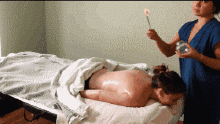
Effects of Cupping:
Cupping therapy has therapeutic effects of invigorating qi and blood, dispelling cold pathogens, and alleviating pain and swelling. It is suitable for conditions such as shoulder periarthritis, cervical spondylosis, rheumatoid arthritis, neuralgia, low back pain, trigeminal neuralgia, and sciatica.
Colors of Cupping Marks:
1. Dark purple-black marks: Generally indicate insufficient blood supply and poor circulation with blood stasis.
2. Purple marks with patches: Generally indicate cold congealing and blood stasis.
3. Scattered purple spots of varying shades: Indicate qi stagnation and blood stasis.
4. Bright red marks: Generally indicate yin deficiency, both qi and blood deficiency, or excess fire due to yin deficiency.
5. Dark red marks: Indicate high blood lipids and the presence of heat pathogens.
6. Gray-white marks that feel cool to the touch: Often indicate deficiency cold or damp pathogens.
7. Marks with skin texture or slight itching: Indicate wind pathogens or damp conditions.
8. Moisture on the inner wall of the cup: Indicates dampness in that area.
9. Blisters appearing on the cupping marks: Indicate heavy internal dampness; if the blisters contain blood-tinged fluid, it is a reaction to damp-heat toxicity.
Precautions for Cupping:
1. After guasha and cupping, do not take a cool shower or drink cold beverages for two hours. If taking a cool shower after two hours, use warm water.
2. During guasha and cupping, do not use air conditioning or fans to avoid air convection.
3. Do not perform cupping on an overly full or hungry stomach; wait at least one hour after eating before cupping.
|
Click the icon to view |
|||
|
|
|
|
|
| Disease Inquiry | Acupoint Inquiry | Clinical Videos | Medical Treasure Trove |
Click→ One Three Needle Method: 27 Combinations of Needle Techniques, No Disease Unhealed
Click→ Dong’s Acupuncture Practical Class (Bloodletting, Reverse Horse, Moving Qi and Traction)
Click→ Know Disease by Touching the Spine 【Balance and Fix Bones】

Click→ 【Disease Inquiry Acupoint Inquiry Massive Videos Learning Website TCM Acupuncture Huangdi Neijing Dong’s Special Points】
Follow Traditional Chinese Medicine Training Platform to inquire about the following diseases (Disease Search) Follow WeChat to inquire about acupoints
Uterine fibroids, gynecology, breast hyperplasia, rheumatism、hip diagnosis, beauty and health、moxibustion、tumors、menstrual pain,guasha, tapping, cupping, tinnitus、stretching, abdominal massage, toothache、white hair、insomnia、presbyopia、
Children’s Tui Na、colds、coughs, low back pain, herniated discs,cervical spondylosis,spinal issues, headaches、shoulder periarthritis、tendinitis、
Bloodletting、acupuncture, acupoints、emergency acupoints、meridians、lipomas、numbness、hemorrhoids、stroke and hemiplegia、varicose veins, 、
Eye diagnosis, pulse diagnosis, abdominal diagnosis, hand diagnosis, tongue diagnosis, back diagnosishypertension,heart disease、spleen deficiency、diabetes、stomach diseases

